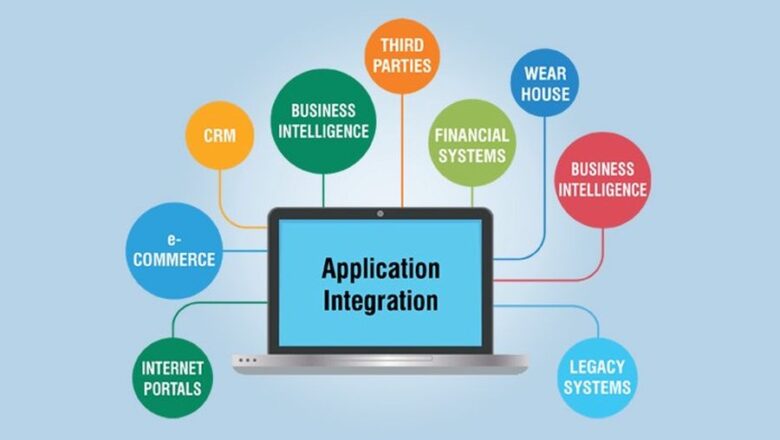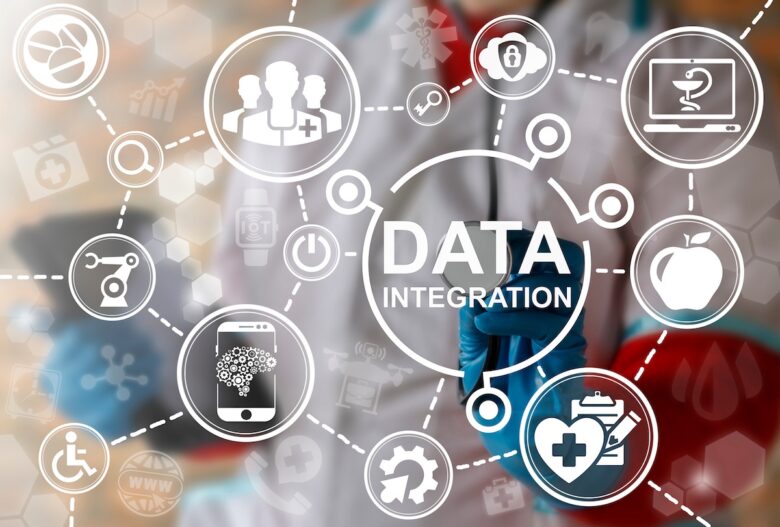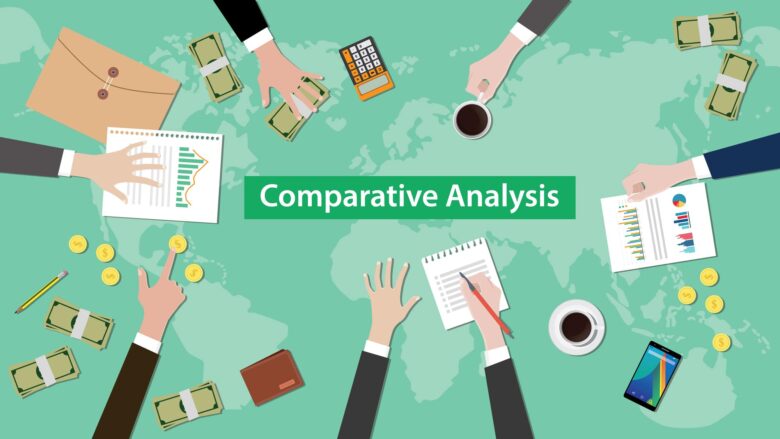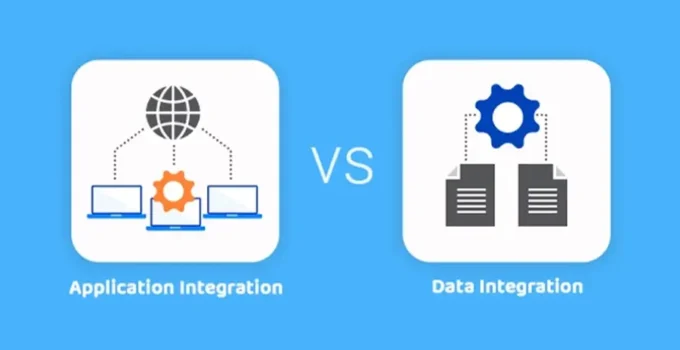Various businesses use different kinds of data at their discretion to solve various requirements. Business systems opt for self-maintenance of data, and all the systems have data that can overlap with various other systems.
Global organizations focus on two approaches in such cases. It is either the integration of data or that of the applications. These approaches help use the data of different systems to their best potential.
Before understanding the core differences between them, let’s discuss their briefs to get a better hand at decision-making regarding their use in one’s business.
Application Integration

Source: astera.com
It is normal for any business process to encompass multiple applications in a single go. In such cases, the live data must change its place in various applications. The movement can be because of various factors like any addition or subtraction in the employee information and new employee addition to the system, amongst others. So, the application integration works like a bridge between various systems.
Timeliness is of great essence over here as such integration acts occur whenever an event occurs. The data is defined by the fixed schemes which are used by the applications. They don’t define the same data sets. Also, they don’t define the corresponding fields. Hence, data must be transformed once pulled from one application before being employed by the second.
Also, such a transformation must happen in a data pipeline. The benefits of application integration are as follows:
● Time-Saving
The approach helps in integrating the data of two or more applications. Hence, the idea of transporting data back and forth, too, in a manual way, is reduced. Streamlined and quick processes can be expected.
● Improving The Functionality
If you want to improve the functionality of your business, this is the approach you need. It helps combine the capabilities held by multiple applications and will add to the degree of efficiency. Also, productivity enhances, adding value to the users taking assistance from the applications for their data storage and future use.
● Encouraging Proper Information Exchange
When you think of employing this approach, you are exposing yourself to reducing all risks that can bar the departments and teams from sharing their creativity and innovation. Also, the approach aims at cultural collaboration, which benefits the business.
Whereas, this is not the only thing that keeps businesses going. Whenever businesses need IT support, websites like techcentric.com take the front seat. Alternative business approaches are another solution for businesses seeking different results.
Data Integration

Source: techrepublic.com
Data integration is a step ahead of application integration. In this process, the data is not only moving from one place to another, but the approach also focuses on enhancing the data’s usability. The approach targets structured and unstructured data to create new sets with higher usability and value.
So, you want to enhance your analytical capability and enable yourself to better understand basic business operations for finding new and innovative opportunities. In that case, this is the approach that you need to follow.
The reasons to opt for this approach are stored in its benefits mentioned as follows:
● Better Accessibility
The ability of this approach to combine data from various sources in the form of a unified view is wholesome. You get your hands on comprehensive insights that give an edge to businesses and companies in innovation and creativity.
● Better Business Insights
You will find yourself with an enhanced ability to develop intelligent solutions for business operations and customer products. You will have better decision-making capability, which will positively impact the processes, too.
● Better Integration
The golden rule to remember is that data quality will take you places. It offers value to the business and its operations. So, you want to identify and get rid of low-quality data. In that case, this is something you need for your business, its operations, and of course, the comprehensive data available at the moment.
A Comparative Study

Source: pestleanalysis.com
These approaches are different from each other based on the following:
● Speed
The first point of differentiation between the two occurs while accessing the speed of both processes. The speed is related to the transformation of data and the quantum of data involved in such a process.
Application integration works in real-time, and hence, whenever there is any new information, companies take no time to respond to the same. The same stands true for addressing any problems. However, data integration is completed in batches, and once the process is completed, it helps eliminate redundancies. Also, you can expect better data quality over here.
● Organizational Management
Organizational management is another point of difference between the two approaches. Application integrations connect various applications so that they can come up with efficient workflows. However, the latter focuses on data management and orchestration, which is beneficial for business purposes.
● When To Use What
If you are too keen to draw a strong differentiation between them, you should know that their use makes them different.
Whenever an organization wants to combine and analyze the statistics available in the form of data, data integration should be your pick. You can trust this process with accuracy assurance. However, it is relatively slower than the second approach.
But, if you want to interact with data in real-time, application integration should be considered by you. It should be an instance when speed is a major essential. You can collect data from devices related to the Internet of Things (IoT) testing and store them for analysis whenever possible. But, if you want to migrate to a data warehouse or consolidate data in a single view, data integration is necessary.
Conclusion
Integration is important for businesses as they ensure that the developing technology stack works for you, your goals, and the business. The types of integration are common with many people but both of them have different purposes to solve.
The article includes all the things that can help you understand various business approaches before choosing the right tool for your business needs.
Hoping that you are in a good place to decide on the data ecosystem of your business by now!




